Life revived from challenging surgery between two ends of the medical profession
A team of 11 medical staff from the Central Obstetrics Hospital urgently arrived at the Central Lung Hospital to coordinate an emergency cesarean section for a 30-year-old pregnant woman in her 35th week of pregnancy with severe drug-resistant pulmonary tuberculosis.
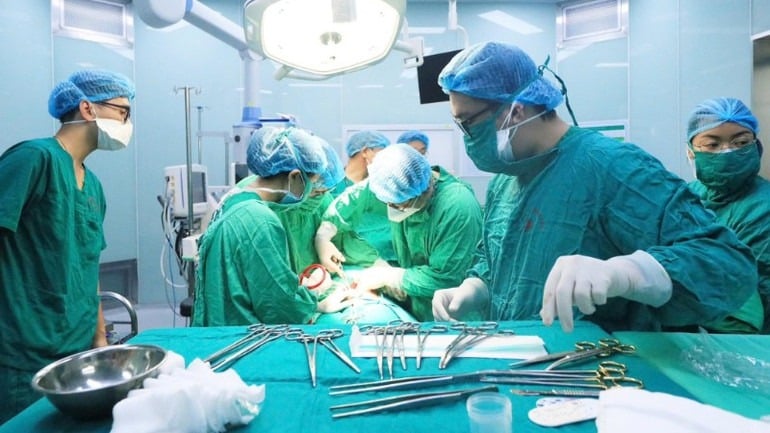 |
| Doctors are in the process of performing surgery on the pregnant woman. |
This was a particularly serious case, requiring close and intensive coordination between two frontline hospitals, one treating complex respiratory diseases, the other a leading specialist in obstetrics and gynecology and neonatal care.
The day before, the Central Obstetrics Hospital received a request for emergency support from the Central Lung Hospital. The patient was Ms. LTH, 30 years old, pregnant for the first time, and was being treated for recurrent pulmonary tuberculosis resistant to rifampicin, one of the main drugs used to treat tuberculosis.
This is a particularly dangerous form of drug-resistant tuberculosis, with a high risk of causing respiratory failure and seriously affecting the health of the mother and fetus. The patient had a history of tuberculosis treatment 3 years ago, this relapse caused severe damage to both lungs, especially the left lung which almost completely lost its function.
As the fetus grows, the pressure on the chest increases, causing the mother's respiratory failure to become more serious. Doctors consider that continuing to wait for the pregnancy to reach full term is too risky, and can endanger the lives of both mother and child at any time.
Immediately after the inter-hospital consultation, the two units agreed on an emergency surgery plan right at the Central Lung Hospital. Early in the morning of July 8, an outpatient surgical team from the Central Obstetrics Hospital quickly arrived, bringing with them a full range of surgical instruments, medicines, neonatal resuscitation equipment and a mobile incubator to be ready to respond to any situation.
The Central Lung Hospital is responsible for pre-operative resuscitation and ensuring respiratory function for patients, while the Central Obstetrics Hospital is responsible for obstetric surgery and post-operative neonatal care.
The surgery lasted for more than 30 minutes. The baby boy, weighing 2,200g, was born safely, with a rosy complexion, to the emotion and relief of the entire team. After birth, the baby was kept warm, supported with breathing by a portable incubator, and had skin-to-skin contact with his mother before being transferred to the Neonatal Center, Central Maternity Hospital for further intensive care.
Specialist II Doctor Nguyen Duy Hung, Deputy Head of the Department of Obstetrics and Infectious Diseases, Central Obstetrics Hospital, who led the surgery, shared that simultaneously treating drug-resistant tuberculosis for the mother and protecting the life of the fetus is a difficult problem, requiring careful calculation and close coordination.
Meanwhile, Master, Specialist II Doctor Nguyen Viet Nghia, Head of the Department of Anesthesia and Resuscitation, Central Lung Hospital added that the pregnant woman was premature and in a state of respiratory failure, so the anesthesia team had to develop a thorough backup plan, anticipating all emergency situations that could occur during and after surgery. Professional and timely coordination between the two teams was the key factor determining the success of the surgery.
The case of pregnant woman LTH is not the first emergency surgery performed at the Central Lung Hospital with direct professional support from the Central Obstetrics Hospital.
Nearly 10 similar cases have been successfully implemented in recent years, demonstrating the clear effectiveness of the inter-hospital coordination model, both ensuring the safety of pregnant women with special medical conditions and helping fetuses receive proper professional care in the most important moments of their lives.
Hospitalized for acute pancreatitis due to complications from untreated gallstones
After 4 consecutive days of dull pain in the epigastric region that did not subside, Mr. NXC (51 years old, Hanoi ) went to Medlatec General Hospital for examination. Through clinical and paraclinical examinations, doctors determined that he had acute pancreatitis. This is a dangerous complication arising from gallbladder sludge, a disease that he was completely unaware of before.
According to the patient, he had a dull pain in the epigastric region that lasted for a long time, sometimes with sharp pains, spreading to the back, accompanied by a feeling of bloating and nausea. His medical history included diabetes being treated and two acute gout attacks, and he did not have the habit of drinking alcohol or smoking.
The doctor performed an abdominal CT scan and detected acute pancreatitis with edema (Balthazar C, CTSI 2 points).
Notably, the ultrasound results at MEDLATEC showed that Mr. C. had gallbladder sludge, an accumulation of cholesterol crystals, bile pigments and thick bile in the gallbladder, which exists in the form of sludge. Although not solid stones, sludge can still cause bile duct obstruction or gallbladder irritation, thereby causing acute pancreatitis.
The conclusion showed that the patient's acute pancreatitis was a direct complication of untreated gallstones. Immediately after that, the doctors ordered Mr. C. to be hospitalized for monitoring and intensive treatment according to a specialized protocol.
According to Dr. Pham Thi Que, Digestive Center, Medlatec Healthcare System, gallstones are one of the common digestive diseases in Vietnam, often found in middle-aged and elderly people and people with sedentary lifestyles, high-fat and low-fiber diets. The disease often develops silently, without obvious symptoms in the early stages, so it is easily overlooked.
Gallstones are formed by the precipitation of components in bile, forming stones in the gallbladder. Typical symptoms may include bloating, indigestion, dull or severe pain in the right hypochondrium or epigastric region, nausea...
However, in many cases, patients do not feel any abnormal signs until complications such as acute pancreatitis, cholangitis, or sepsis appear, conditions that can be life-threatening.
Dr. Que emphasized that early detection and treatment of gallstones plays an important role in preventing complications. Treatment may include using drugs to dissolve gallstones in some appropriate cases, or gallbladder surgery if the stones are large, causing symptoms or complications. In addition, patients need to change their lifestyle, eat scientifically and have regular check-ups.
To prevent gallstones, Dr. Que recommends that people should pay attention to a reasonable diet, limit fatty foods and red meat, increase green vegetables and drink enough water. They should not fast for long periods of time and should maintain a reasonable weight.
People who use birth control pills need to have regular check-ups and follow their doctor's instructions. In addition, regular physical exercise, periodic deworming and the use of choleretic teas such as artichoke, wormwood... can also help reduce the risk of stone formation.
In particular, regular health check-ups every 6-12 months are an important solution to help detect gallstones and digestive tract diseases early, thereby providing timely treatment. This is especially necessary for people in high-risk groups such as obesity, diabetes, dyslipidemia, postpartum women...
Mr. C's case is a warning to many people who are subjective to mild abdominal symptoms. Early detection and treatment of gallstones not only helps protect the health of the digestive system but also prevents dangerous complications that can be life-threatening.
30% reduction in visceral fat after one month of obesity treatment
After only one month of applying the multimodal obesity treatment regimen, Ms. Thao (25 years old) lost 5 kg and 30% of visceral fat, an important factor in controlling fatty liver, blood fat and endocrine disorders.
When coming to Tam Anh General Hospital in Hanoi, Ms. Thao was 1.52 m tall, weighed 71 kg, and had a BMI of 30.7, corresponding to grade two obesity.
The visceral fat measurement showed a level of 142 cm², far exceeding the safe threshold (100 cm²). In addition, she also had fatty liver, hyperlipidemia, hyperglycemia and polycystic ovary syndrome, a common endocrine disorder in obese women of reproductive age.
According to Dr. Le Ba Ngoc, Deputy Director of the Center for Weight Control and Obesity Treatment, visceral fat is the layer of fat surrounding organs such as the liver, kidneys, intestines, etc., which plays a role in protecting and storing energy.
However, when accumulated in excess, this type of fat can disrupt hormone production, cause inflammation and lead to a series of serious complications such as type 2 diabetes, cardiovascular disease, non-alcoholic fatty liver disease, cirrhosis and reproductive dysfunction.
Faced with this situation, Ms. Thao was given a personalized treatment plan, combining many specialties including endocrinology, nutrition, and exercise medicine.
The doctor prescribed injectable weight loss medication to help control hunger, increase feelings of fullness, thereby reducing the amount of calories consumed. At the same time, she was also prescribed medication to treat fatty liver, reduce blood fat, stabilize blood sugar and support hormonal regulation.
Regarding nutrition, doctors advise a balanced, nutritious menu, controlling the total calorie intake to be lower than the expenditure, creating the energy deficit needed to burn excess fat.
She is encouraged to eat lots of green vegetables, fiber to create a feeling of fullness for a long time and supplement vitamins, lean protein to maintain muscle mass and promote metabolism. Limiting sugar, saturated fat and increasing water intake are also included in the daily routine.
In addition, the exercise specialist has created a special exercise program for Ms. Thao based on her physical condition and lifestyle. The endurance and resistance exercises are adjusted to gradually increase in intensity, ensuring effectiveness without affecting work or daily life.
After a month, Ms. Thao lost 66 kg, the visceral fat area decreased by 30%, and the fatty liver and blood sugar indexes improved significantly. "The most important thing is that the weight loss process is sustainable, without causing dehydration or muscle loss, showing that Ms. Thao's body is adapting well to the treatment regimen," Dr. Ngoc affirmed.
Source: https://baodautu.vn/tin-moi-y-te-ngay-97-su-song-hoi-sinh-tu-ca-mo-day-thach-thuc-cua-hai-benh-vien-lon-d326813.html




![[Photo] President Luong Cuong chaired the welcoming ceremony and held talks with United Nations Secretary-General Antonio Guterres](https://vphoto.vietnam.vn/thumb/1200x675/vietnam/resource/IMAGE/2025/10/24/1761304699186_ndo_br_1-jpg.webp)
![[Photo] Prime Minister Pham Minh Chinh and South African President Matamela Cyril Ramaphosa attend the business forum](https://vphoto.vietnam.vn/thumb/1200x675/vietnam/resource/IMAGE/2025/10/24/1761302295638_dsc-0409-jpg.webp)
![[Photo] Prime Minister Pham Minh Chinh chairs conference on breakthrough solutions for social housing development](https://vphoto.vietnam.vn/thumb/1200x675/vietnam/resource/IMAGE/2025/10/24/1761294193033_dsc-0146-7834-jpg.webp)
![[Photo] Solemn funeral of former Vice Chairman of the Council of Ministers Tran Phuong](https://vphoto.vietnam.vn/thumb/1200x675/vietnam/resource/IMAGE/2025/10/24/1761295093441_tang-le-tran-phuong-1998-4576-jpg.webp)










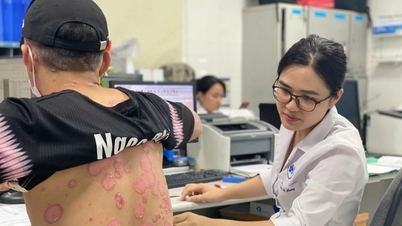



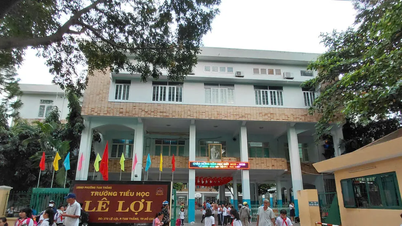

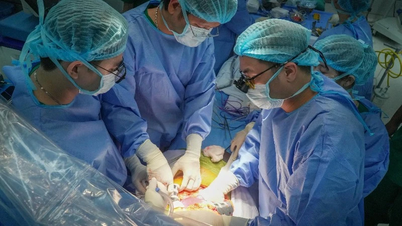
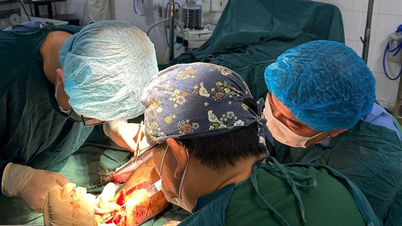















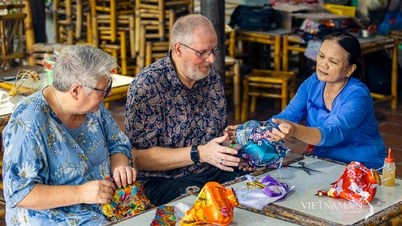






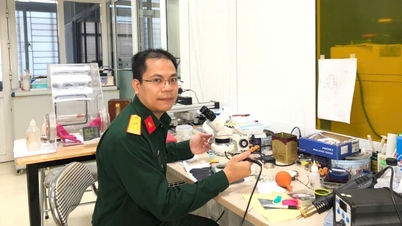





































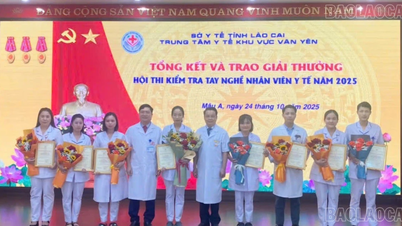



















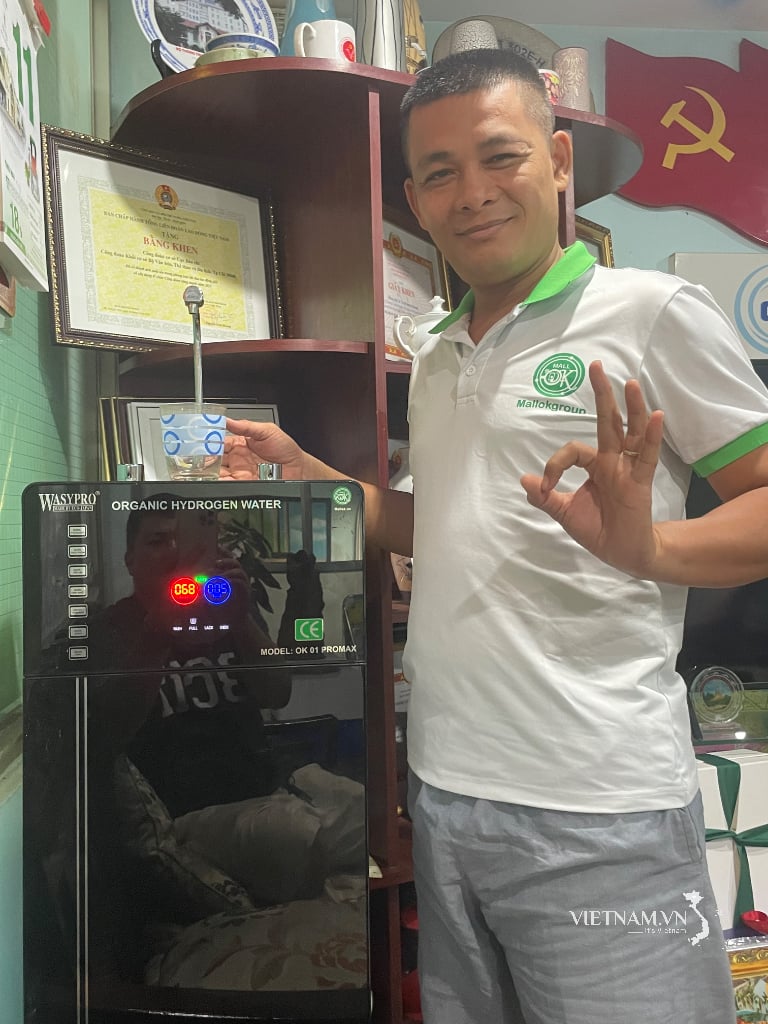



Comment (0)